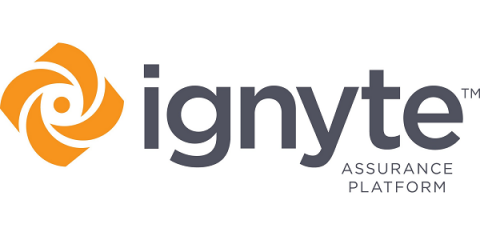How to Migrate from FedRAMP Rev 4 to FedRAMP Rev 5
The stereotype of the government as a slow-moving behemoth is not ill-fitting, but when it makes adjustments and changes, it does so with deliberation and intent. An excellent example is the ongoing development and evolution of things like security standards. Technology moves much, much faster than the government can respond to or that even most businesses could adjust to without a significant investment or a time delay.



